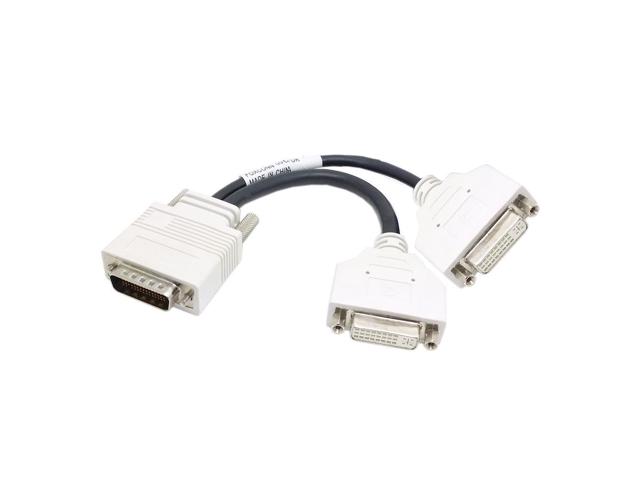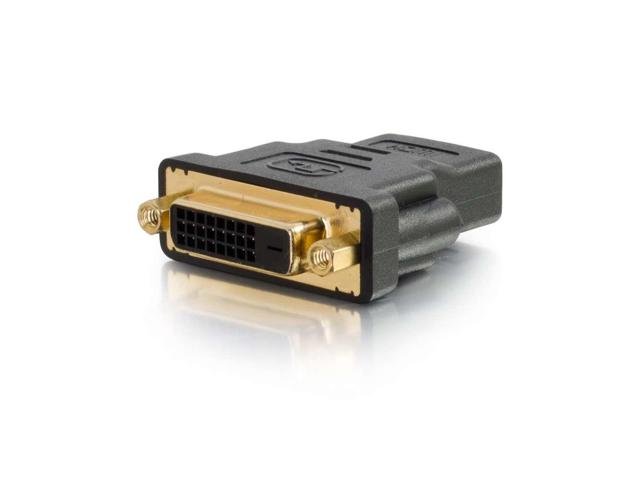The M & M's of using multi-monitors:
Note: Using 4 monitors on a single video card is not recommended for gaming. Multiple monitors are used to allow the user to monitor multiple things at the same time. Example: Security Cameras, spreadsheets that update from data collected online, and of course, monitoring trends in markets, whether that be Wall Street or digital currencies. With so many digital currencies popping up, some people are into different currencies and watching what each is doing is important to the digital currency enthusiast.
Caveats: This article assumes 4 monitors in a 2x2 configuration- two on top and two on bottom. The top left is primary monitor #1, Top right is secondary monitor #1, bottom left is primary monitor #2, and bottom right is secondary monitor #2. this is only one of many different configurations and i chose it as the simplest (not necessarily the best) way to get 4 monitors going.
Hardware:
Video cards: You will need a video card with the necessary outputs to connect 4 monitors. There are video cards with 4 HDMI ports and a DVI port, as well as a display port. You get what you pay for. There are video cards with only two DVi ports, but "may" still support four monitors, while others will only support two. Some homework is required to get the best video card for your needs, and it doesn't always have to be the best card out there. That being said, you'll need a video card with at least 4-8 GB DDR5 RAM to function smoothly.
Monitors: Your monitor must also have the ports to support those on your video card. What's the point of having the video card if your monitor only has a VGA port. There are two options. A monitor with DVI input. or a small 26-32" flat screen TV's. Small because you'll be taxing your video card here. Just make sure they're the same make and size. it'll help with display resolution. Most have up to 4 HDMI ports though we'll only need one, and some even have a DVI port, even better. These can actually be cheaper than the equivalent monitor.
I'm going to try to do this on the cheap. Let's say your video card has two DVI ports, and you've done your research and your card will support four monitors. Your flat screen TV's have at least one HDMI port or a DVI port. the first thing you will need is a DVI splitter to turn your two DVI ports into four:

You can attach one of these to each of the DVI ports. You can then get 4 adapters that convert DVI to HDMI (if needed):

Finally you can connect HDMI cables to your flat screen TV, or run a DVI to DVI cable to the TV.
Now if money isn't an object, you can break the bank and find a card with 4 HDMI ports, but you'll be looking at top end gaming cards and lot of $$$.
Setting it up in Windows. Windows has several ways to handle multiple monitors. The one we will be interested in are extended desktops. This option extends the width of your primary monitor so programs can be dragged onto the 2nd monitor. You can have your extended monitors side by side or above and below. That's a matter of personal preference. Personally I prefer to keep my primary monitors on the left and the extended monitor to the right of it's primary monitor.
Keep this in mind. In this configuration you'll have a primary and a secondary monitor for each DVI port in your video card. Your primary is a standard layout with the start menu at the bottom left. The secondary monitor is an extension of this monitor. In Windows 10 there are options for showing the taskbar on the secondary monitor making it easier to access applications. Both the primary and secondary should be the same size and resolution for best results.
Here's a good article on configuring multiple monitors in Windows 10:
https://www.windowscentral.com/how-connect-and-set-multiple-monitors-windows-10#switch
In my experience, it is best to get two monitors going before adding the second two. it makes it easier to find mistakes in configuration.